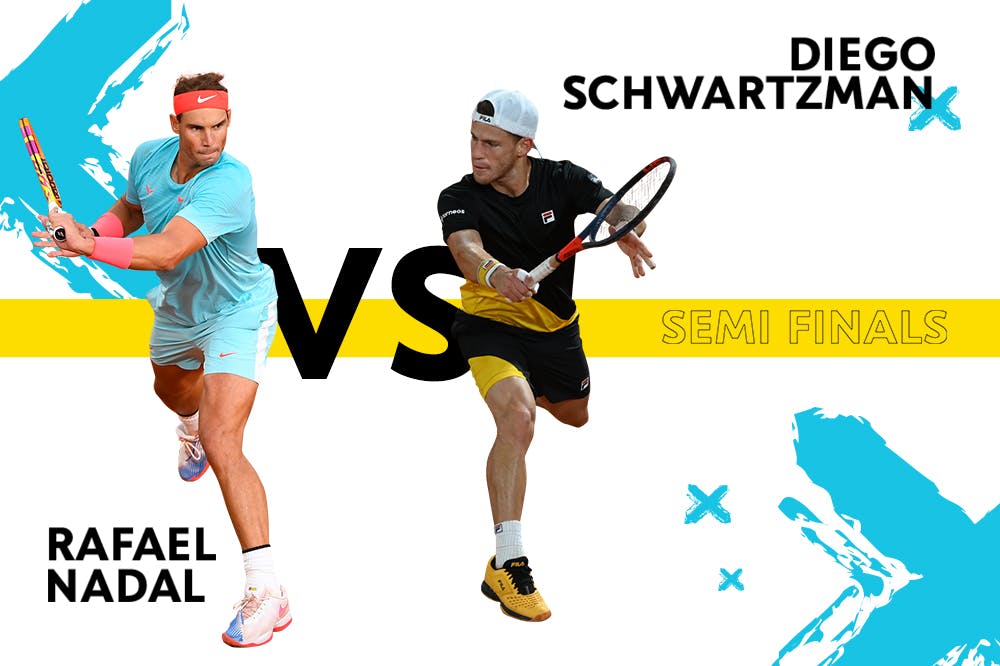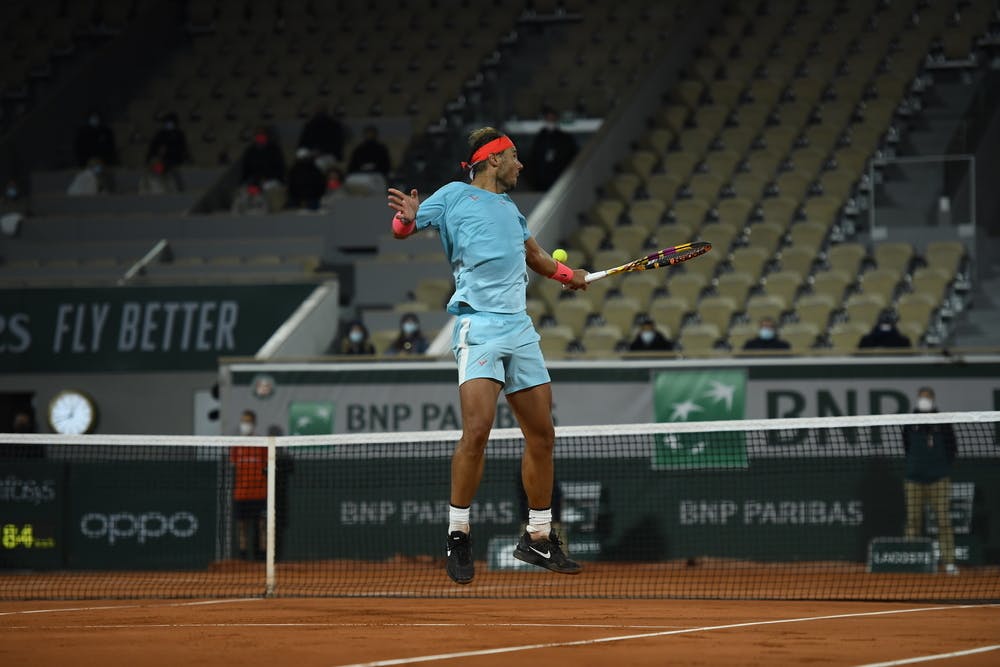Argentina’s Schwartzman, who had never made it past the quarter-finals at any slam prior to this fortnight, faces Nadal, the 12-time champion, trying to win his 20th Grand Slam title, which would see him tie Roger Federer's men's all-time record.
“There’s a huge piece of history on the line for both Novak and Rafa,” said Jim Courier, twice the champion at Roland-Garros, who is working for the Tennis Channel on this year’s event.
“They’re most likely to win it – not that they are guaranteed to – but one of them is certainly the oddsmakers’ favourite. The two of them against the two challengers, we all expect Rafa or Novak to win don’t we? Of course we do. That’s a two-slam swing when it’s all said and done between those two players.”
Djokovic takes on Tsitsipas for the sixth time, leading their head to head battles 3-2, including their only meeting on clay, in Madrid last year. The Serb cruised through his first four rounds and despite struggling with a neck issue in the quarter-final, was too good for Pablo Carreno Busta of Spain, winning in four sets.
“Mentally, he has shown he’s tough enough to overcome physical challenges and he did it again,” Courier said of Djokovic. “We know how tough he is. He’ll find a way to make it competitive out there.”
 ROLAND-GARROS
18 May - 7 June 2026
ROLAND-GARROS
18 May - 7 June 2026




